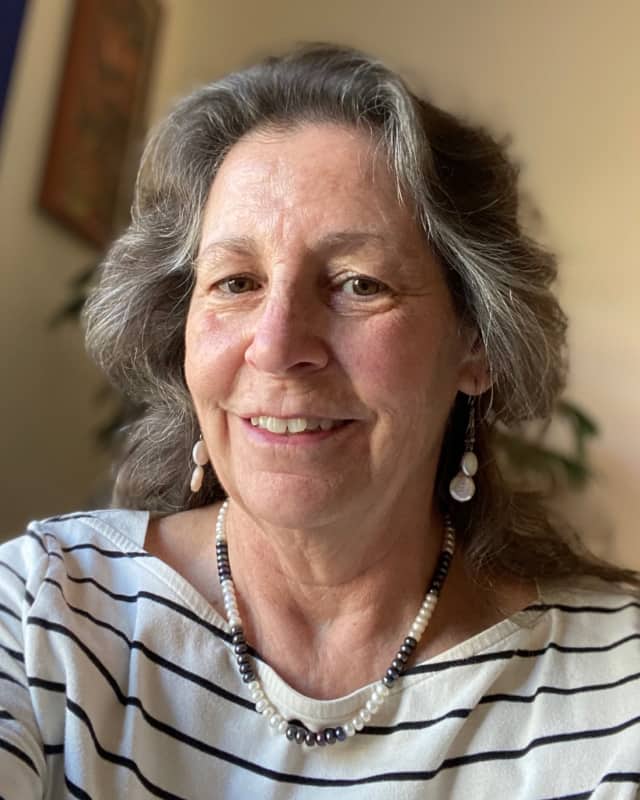(Originally appeared in Sense and Psychotherapy, Summer 2000)
During a recent visit to my childhood neighborhood, I realized how much my definition of neighborhood has changed over the years. I had the almost surreal experience of attending a gathering of kids whom I’d grown up with, except we weren’t kids anymore. We were all adults with jobs and families of our own, dispersed nearly from coast to coast. As I looked around at the people who had formed my first impression of what neighbors were, it was hard not to see us as we were thirty-plus years ago. Our world at that time was defined by four houses in a row. For many years, I barely ventured beyond our little enclave, and felt little need to do so. Everything I needed was right there.
As I grew older, I expanded my concept of neighborhood by extending my geographical boundaries. Soon, it included just about anywhere I could reach on my bike. Just a few short years later, as I drove around in my first car, a much larger swath of land marked my neighborhood. By now, living three thousand miles away, almost any town between Detroit and Ann Arbor, a distance of nearly forty miles, could be broadly classified as my old neighborhood.
Since moving out of the family home, I have lived in many different neighborhoods in many states. In some, I very quickly developed the sense that I “belonged”. In others, I don’t know if I would have ever felt that way. I’ve jogged since high school, and I’ve been able to cover a fair amount of territory by foot in the areas I’ve lived. I’ve noticed that some areas have the feel of being a “neighborhood”, while others are simply a collection of dwellings. I find myself gravitating toward the areas with lots of plants and trees; the more there are and the bigger they are, the better. I’m attracted toward sections with features that pull people naturally toward the fronts of the houses: front porches, big front windows, or kids’ toys scattered about.
Whenever I visit a new city or town, I love to drive around and check out the neighborhoods. I think about the people I see washing their cars; I see myself playing in the parks with my son; I imagine what it’d be like to live in that house with the orange front door; I look at the landscaping, wondering what plants would grow in my yard. I ask myself, “what kind of neighborhood does this feel like? Could I live here?”
It’s easy to romanticize the neighborhood I grew up in, though I know it wasn’t perfect. The very same things that made it wonderful for me as a small child, drove me to tears of boredom as a teenager. I had to get far, far away as a young adult just to learn who I was. Now, I don’t know if I could ever go back. For one thing, those winters are just too cold! However, on a late spring morning, chatting with old friends, I was fortunate to be allowed the luxury of nostalgic daydreams, knowing that no matter how far I may have traveled I’m still welcome in my old neighborhood.



